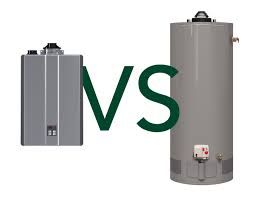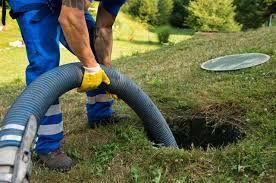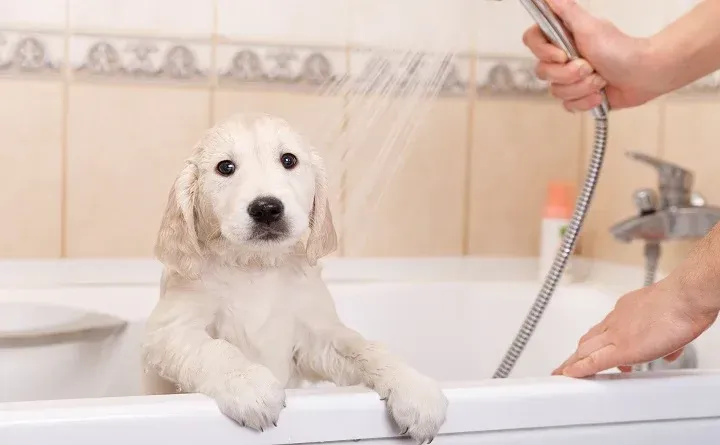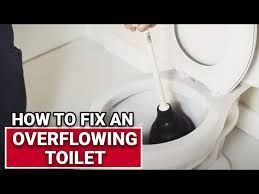Why Is My Garbage Disposal Humming and Not Working?
If you turn on your garbage disposal and hear a humming noise but it isn't grinding food, it’s a clear sign that something is wrong. The humming sound usually indicates that the motor is getting power but the blades are not turning. This could be due to a jam, a mechanical issue, or even an electrical fault. Ignoring this problem can lead to motor burnout, potentially requiring a full unit replacement.
Is it Worth it to Repair a Garbage Disposal?
Common Causes of a Humming Garbage Disposal
A variety of issues can cause your garbage disposal to hum without working properly. Understanding these causes can help you take the right steps to fix the problem efficiently.
1. A Jammed Flywheel
The most common reason for a humming disposal is a jammed flywheel. This happens when food particles, fibrous materials, or foreign objects like cutlery or bottle caps get lodged between the blades, preventing them from rotating.
2. Overheated or Overloaded Motor
If your disposal has been running for an extended period or has tried to process something too large or tough, it may overheat and shut down. Many models have built-in safety mechanisms that cut power to the motor when it becomes too hot.
3. Tripped Reset Button
Sometimes, a garbage disposal may stop working because the built-in safety reset button has tripped due to an overload. This usually happens when the system tries to process something too hard or too much at once.
4. Electrical Connection Issues
A loose or faulty electrical connection can also cause the unit to hum without working. If the disposal isn’t receiving the proper voltage, it may produce a humming noise but fail to function correctly.
5. Worn-Out or Damaged Motor
Over time, a garbage disposal’s motor may wear out. If your unit is old and has been used frequently, internal components may degrade, leading to inefficiency or complete failure.
How to Fix a Humming Garbage Disposal
Now that you know the possible causes, let’s walk through step-by-step solutions to fix the issue safely.
1. Turn Off the Power
Before attempting any repair, always turn off the power to your garbage disposal at the circuit breaker. This prevents accidental injuries while working on the unit.
2. Check for a Jam
Use a flashlight to inspect the inside of the disposal for any visible obstructions. If you see an object blocking the blades, use pliers or tongs to carefully remove it. Never stick your hand inside the disposal.
3. Manually Rotate the Flywheel
Most disposals come with a hex key (or Allen wrench) that fits into a socket at the bottom of the unit. Insert the hex key and turn it back and forth to free up the flywheel. If your unit doesn’t have this option, you can try using a wooden spoon handle inside the disposal to gently move the blades.
4. Press the Reset Button
Locate the small red reset button on the bottom of the disposal. If it has popped out, press it back in firmly. Wait a few minutes, then try turning the disposal on again.
5. Test the Power Connection
If the disposal still hums, check the power cord and outlet. Ensure that the plug is secure and that the circuit breaker hasn’t tripped. If necessary, try plugging another appliance into the same outlet to verify that it is working.
6. Call a Professional if Necessary
If none of these steps resolve the issue, your disposal may have a serious mechanical failure or motor burnout. In this case, it’s best to call a licensed plumber or electrician to diagnose the problem and determine whether a repair or full replacement is needed.
Risks of Ignoring a Humming Garbage Disposal
Ignoring a humming garbage disposal can lead to several issues, including:
- Motor Burnout: If the motor continues to strain against a jam, it can overheat and permanently fail.
- Electrical Hazards: A faulty unit may pose a risk of electrical shock or short-circuiting.
- Plumbing Clogs: If the disposal isn’t working properly, food debris can build up in the pipes, leading to blockages and foul odors.
Preventive Measures to Avoid Future Problems
To keep your garbage disposal in top shape, follow these best practices:
- Run Cold Water While Using It: Always run cold water before, during, and after using the disposal to help flush debris through the system.
- Avoid Fibrous or Hard Items: Don’t put potato peels, eggshells, coffee grounds, bones, or fruit pits in the disposal, as these can cause jams.
- Clean It Regularly: Run ice cubes and citrus peels through the disposal to clean the blades and reduce odors.
- Perform Routine Maintenance: Periodically check for loose parts, strange noises, or slow drainage, and address any issues promptly.
Final Thoughts
A humming garbage disposal that doesn’t work is a common but fixable issue. In most cases, a simple jam or tripped reset button is the culprit. By following the troubleshooting steps outlined above, you can get your disposal back in working order quickly. However, if the problem persists, don’t hesitate to seek professional help to avoid further damage. Regular maintenance and proper use can go a long way in preventing future issues, ensuring that your disposal remains efficient and reliable for years to come.




CONTACT INFORMATION
Office:
855-266-7682
Email:
service@AllCityPlumbers.com
Address: 6694 Oak Ridge Commerce Way, Austell, GA 30168
Business Hours:
Mon - Sun 24 Hours
OUR SERVICES
© 2022 All Rights Reserved|All City Plumbers Privacy Policy | Terms & Conditions | Sitemap

